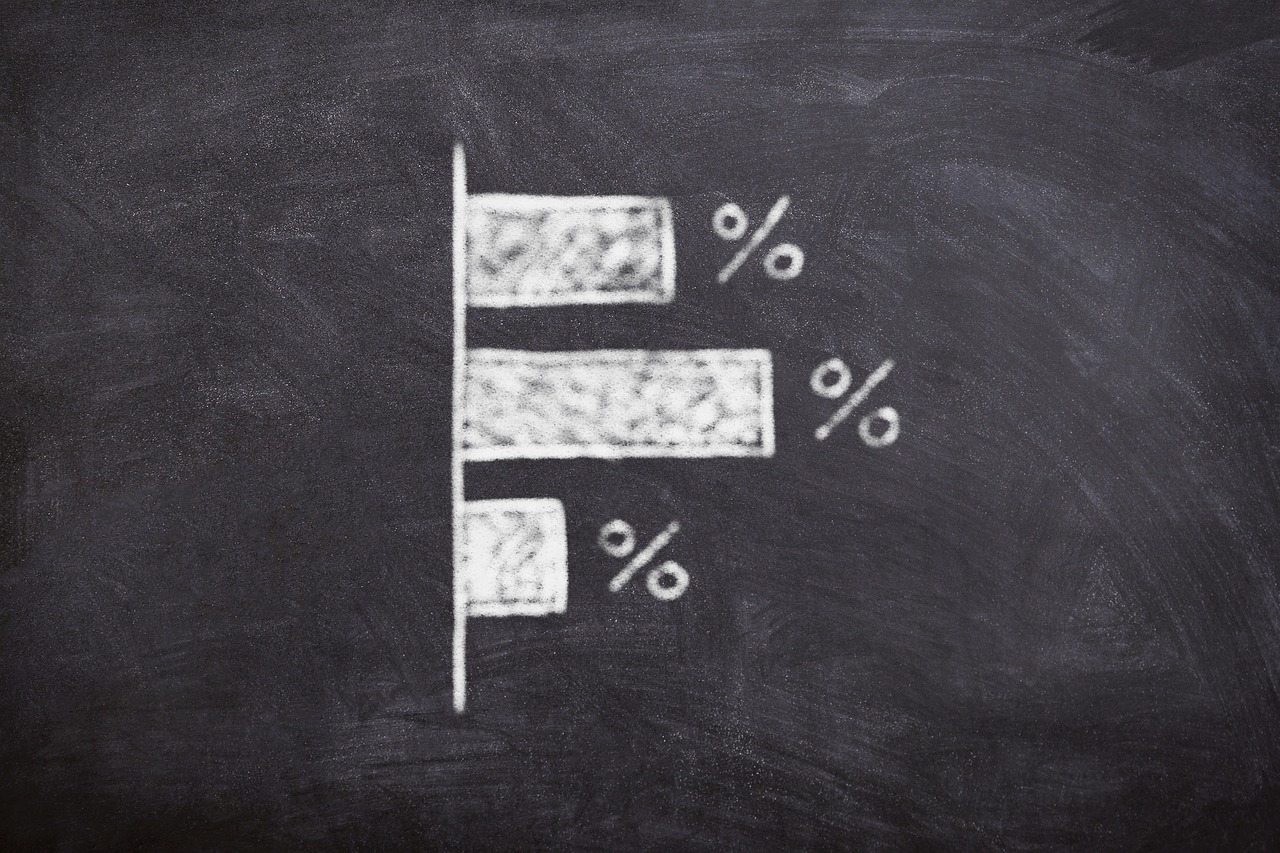How to Set Optimal Prices for Maximum Profit Using Physiology
Ever notice how some prices just feel right? Whether it’s $4.99 instead of $5.00 or a seemingly random $19.95, there’s a method to the madness. Setting optimal prices isn’t just about covering costs and adding a markup; it’s about understanding the psychology behind how we perceive value. Let’s dive into the fascinating world of pricing psychology and uncover how you can set prices that maximize your profit while keeping your customers happy.
1. The Magic of Charm Pricing
Charm pricing, also known as psychological pricing, involves setting prices just below a round number – like $9.99 instead of $10.00. This works because our brains process the first number we see, and $9.99 is perceived as significantly cheaper than $10.00. This subtle trick can make your prices appear more attractive without affecting your bottom line too much.
2. Anchoring Effect
The anchoring effect is a cognitive bias where people rely heavily on the first piece of information they receive (the “anchor”) when making decisions. In pricing, this means setting a higher initial price before offering a discount. For example, if a product is originally priced at $50 but marked down to $35, customers perceive it as a great deal, even if $35 was the intended price all along.
3. Tiered Pricing
Offering multiple pricing tiers for your products or services can cater to different customer segments and maximize revenue. For example, a basic, standard, and premium option can attract budget-conscious buyers as well as those willing to pay more for additional features. This not only increases your overall sales but also gives customers a sense of choice and control over their spending.
4. The Power of the Decoy Effect
The decoy effect involves introducing a third option that makes one of the other two options more attractive. For instance, if you offer two subscription plans at $30 and $60, adding a third plan at $65 with just slightly more features than the $60 plan can make the $60 plan seem like a better deal, steering customers towards it.
5. Loss Aversion
People tend to prefer avoiding losses rather than acquiring equivalent gains. This principle can be applied to pricing strategies by framing offers in a way that highlights what customers stand to lose by not purchasing. For example, limited-time discounts or bundling products to show the savings can make the offer more appealing due to the fear of missing out (FOMO).
6. Price Perception Through Context
The context in which prices are presented can significantly influence perception. For example, a product priced at $50 might seem expensive on its own, but if it’s placed next to a similar product priced at $70, it suddenly feels like a bargain. Placing higher-priced items next to standard offerings can enhance the perceived value of the latter.
7. Endowment Effect
The endowment effect is the idea that people value things more highly simply because they own them. Offering free trials or money-back guarantees can help potential customers experience your product’s value firsthand, making them more likely to make a purchase once they’ve formed an attachment to it.
8. Utilize Odd-Even Pricing
Odd-even pricing involves setting prices that end in an odd number (like $19.95) for products perceived as a good deal, while even prices (like $20.00) can imply quality and luxury. This subtle distinction can help align your pricing strategy with the image you want to project for your brand.














Post Comment